Let’s see how the DropD Network Redefines Age-Diverse Relationships Beyond Sugar Culture.
In today’s sprawling landscape of dating platforms, few ecosystems are as transparent — and as controversial — as the sugar dating scene. It promises a simple trade: companionship or intimacy in exchange for financial support. No guessing games, no emotional small talk, just a clean-cut contract of needs.
But beneath this neatly packaged exchange lies a deeper truth: sugar culture is emotionally shallow, economically asymmetrical, and structurally unsustainable.
This is not a moral critique — it’s a structural one. While sugar platforms cater to human desire with brutal honesty, they rarely cultivate long-term alignment across age, values, or emotional maturity.
In contrast, platforms built around tokenized emotional economies — like the DropD network — offer a radically different architecture. One that doesn’t eliminate age diversity but integrates it through shared value creation, emotional alignment, and peer-to-peer respect.
Let’s explore how these two systems approach age, economics, and emotion — and why one might outlive the other.
Sugar Dating: A Market Built on Imbalance
The core logic of sugar-daddy/sugar-mommy platforms is simple:
One party brings wealth and stability, the other brings youth and beauty (or attention and flexibility).
The relationship is overtly transactional. In many cases, it’s designed to be short-term, discrete, and asymmetrical.
And while that transparency might feel refreshing compared to vague promises of modern dating apps, the flaws are baked in:
- Power asymmetry is ever-present. The “giver” controls the pace, terms, and timeline.
- Emotional connection is often subordinate to logistics.
- Age diversity becomes fetishised, not respected.
- The younger party rarely accumulates any long-term agency or identity beyond the relationship.
In this system, age gap isn’t an opportunity — it’s a currency. The result? A loop of emotional debt and identity erosion, especially for those whose value is judged by youth or money alone.
DropD: A Tokenized Model of Emotional Economy
Now contrast that with a system like DropD — not another dating app, but a Web3-native relationship ecosystem. Its core assumption is not that people want sugar — but that they want substance, and often lack the tools to build it in a system designed for speed, not sincerity.
DropD reimagines dating as a peer-to-peer economy, where value is created not through age or assets, but through participation, emotional labour, care, and creative contribution.
Here’s how it differs:
From Sugar to Shared Value
-
Mutual Earning, Not Uneven Giving
In DropD, users can earn DRPD tokens by being visible, supportive, expressive, and consistent — whether they’re 22 or 62.
Likes, shares, friend requests, group curation, and page building — all these create social capital, which translates into network rewards.
Older users don’t pay to be seen. They earn visibility through presence, wisdom, and engagement. Young users don’t offer “freshness.” They offer creativity, emotional range, or niche expertise. The reward loop is not exploitative, but additive.
-
Age Zones That Reflect Needs, Not Roles
Instead of lumping everyone together or forcing all-age mingling, the network offers dedicated zones like:
- SILA (Seniors-in-Love-Again) for elder companionship
- Love Grounds for younger, commitment-ready singles
- Open Marriage Communes for the ethically non-monogamous
This prevents both predation and isolation. Relationships form across age — but through shared values and visible roles, not blurred boundaries.
-
No Hidden Contracts, Only Transparent Algorithms
Unlike sugar platforms that operate through private negotiation and private compensation, DropD functions as a social-public economy. There are no secret deals. If someone stakes DRPD tokens to propose a 6-month ROCCA contract (floating marriage), it’s visible, accountable, and enforceable by a smart contract.
That visibility generates safety — and destroys the secrecy that fuels exploitation.
Age Isn’t a Problem. Exploitation Is.
The difference isn’t in who dates whom. It’s in how the relationship is built.
Beginning with the sugar platforms, the relationship is fundamentally extractive — built on unbalanced need.
But, in tokenised relationship ecosystems, the relationship is co-creative — built on reputational currency and mutual time investment.
In the former, age diversity is a tool of leverage. > In the latter, age diversity is a resource of perspective.
Final Thought: The End of Sugar, The Start of Substance
Sugar platforms emerged from a vacuum, where loneliness met consumer culture. But their future is limited. You can’t build communities on one-sided need.
Tokenized networks, by contrast, have the power to create economies of care — not just economies of attraction.
The tokenised networks don’t eliminate romance. They decentralize power. > These networks don’t shame age gaps. They align emotional readiness.
Because when age becomes wisdom, and attention becomes currency, we finally leave behind the emotional vending machine and step into something that looks a little more like a future fit for love.
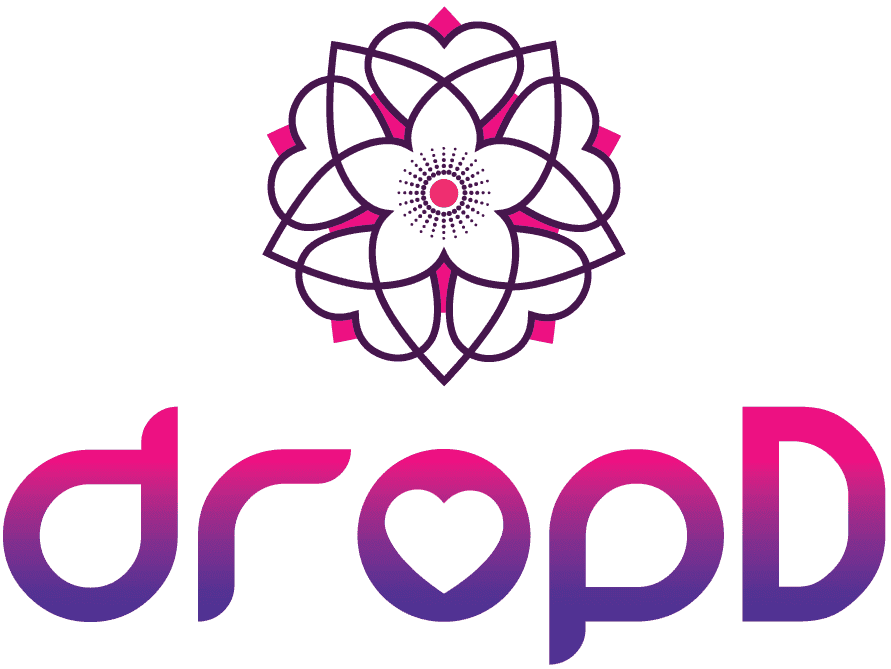
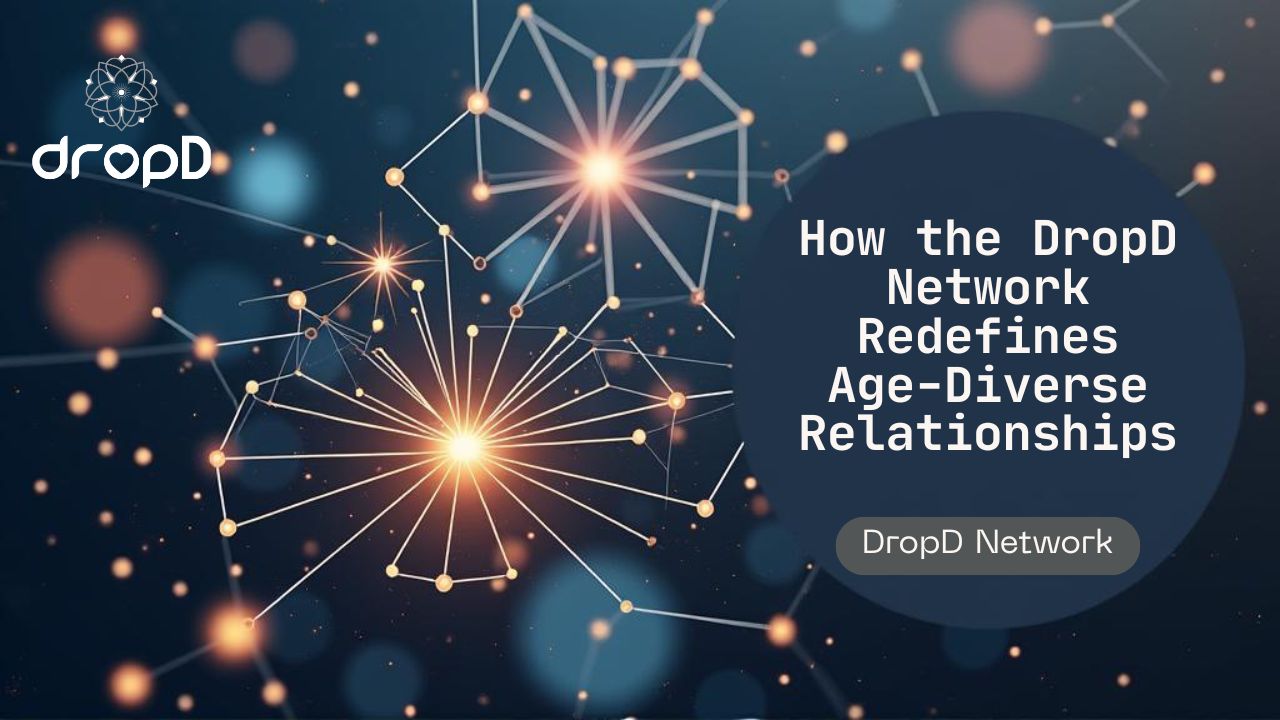
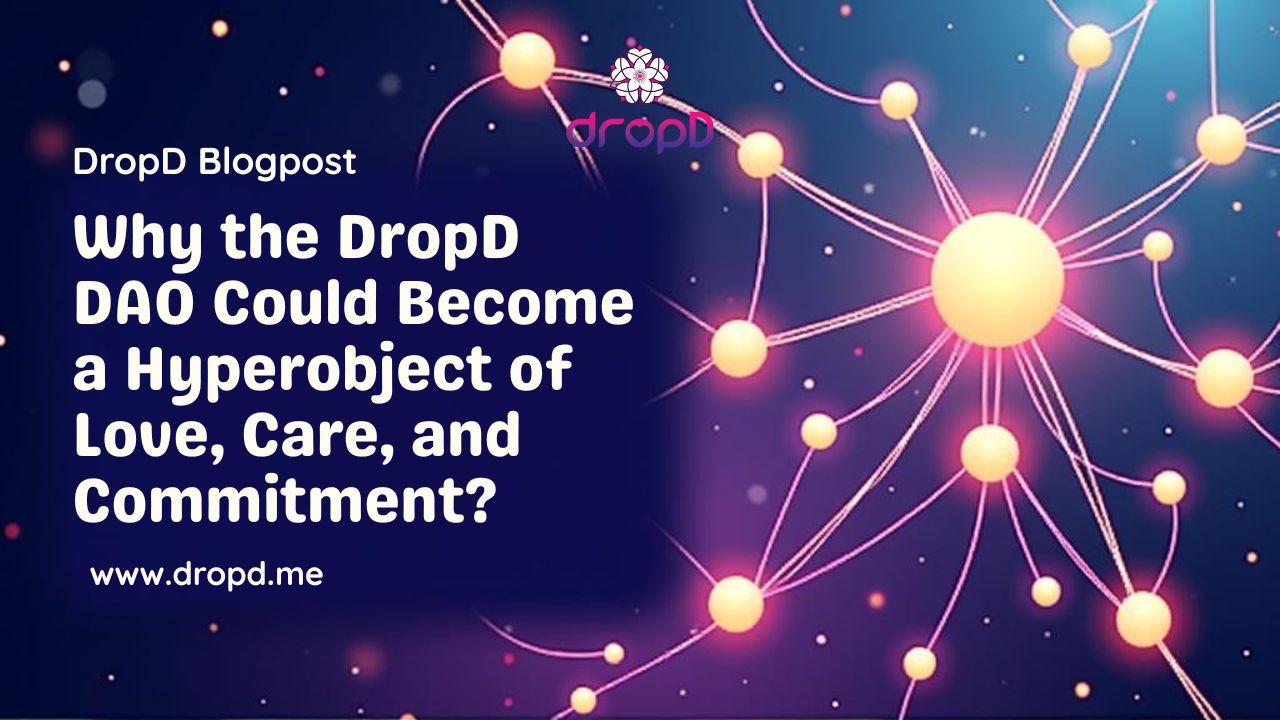
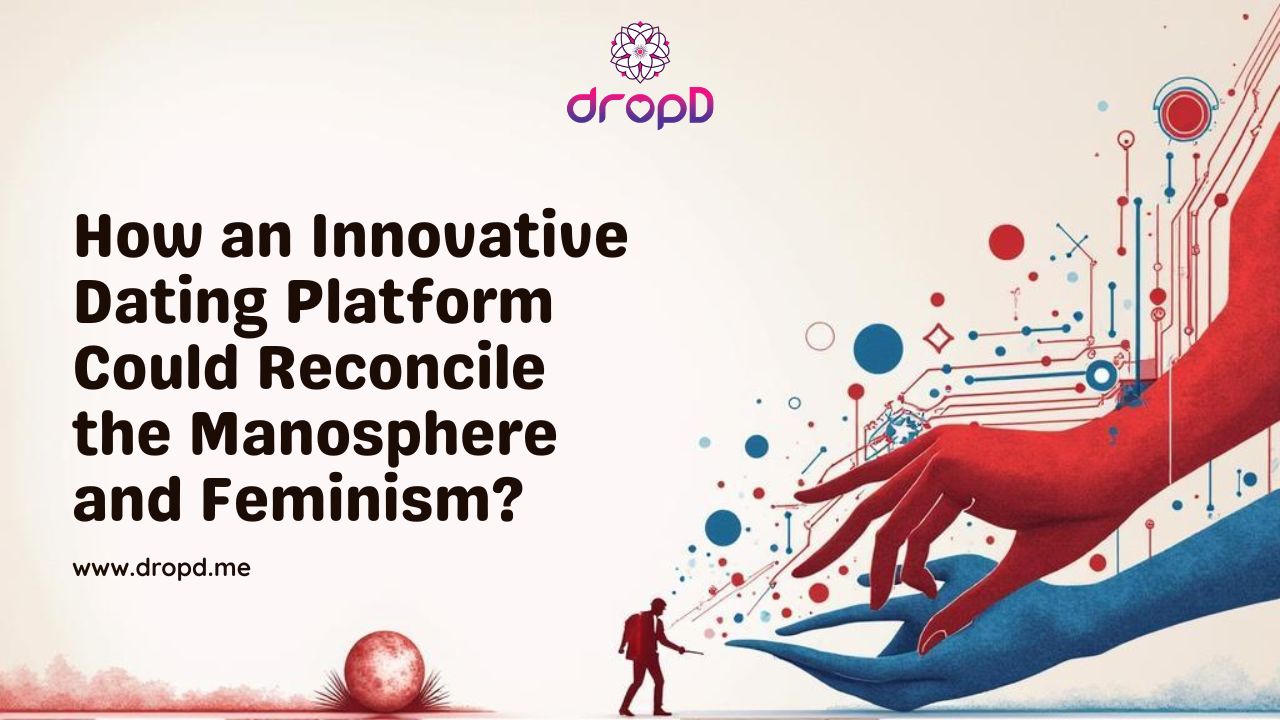
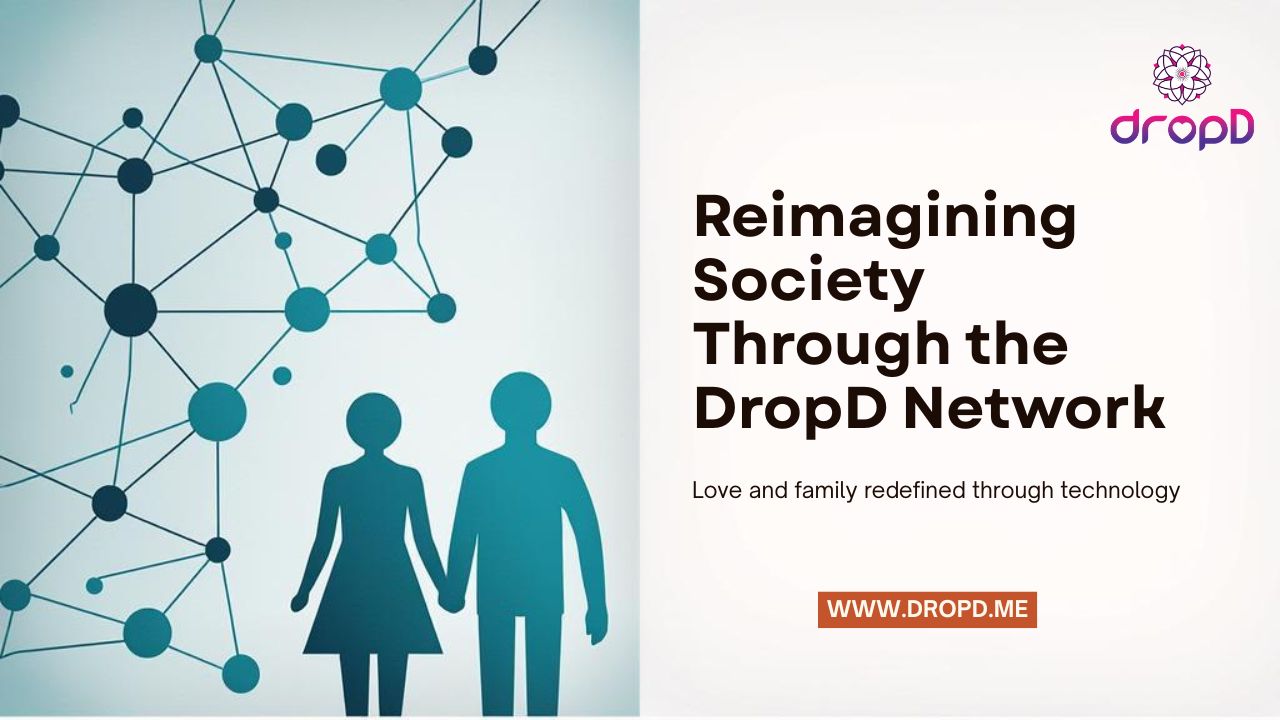
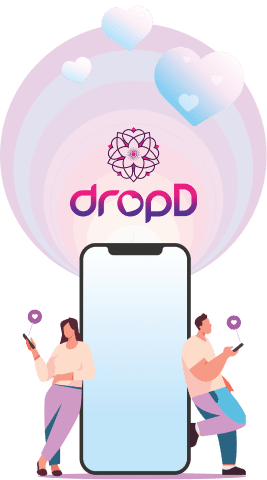
Leave A Comment